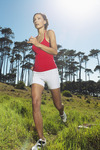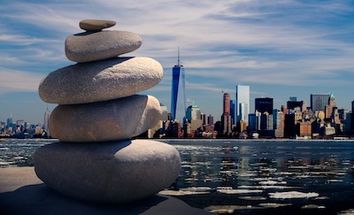Article
LACTIC ACID BUILD UP
If you’ve ever worked your body to the point of feeling like your muscles are on fire, then you’ve experienced lactic acid build up.
How and why it happens…
During exercise, glucose is burned and released as energy. One of the compounds which are created during this process is pyruvate, and unless enough oxygen is present to constantly remove it, some of it turns into lactic acid.
Lactic acid builds up generally occurs during anaerobic training, or through extended periods of aerobic training when the muscles are being worked at such an intensity that the demand for oxygen eventually cannot be met, culminating in an excess of lactic acid. The end result is the severe burning sensation of the muscles.
Naturally, because the burning sensation only increases, when muscle failure is reached, it is often assumed that the muscle failed because of lactic acid. This has since been proven to be false, and that quite the reverse is true: that lactic acid actually helps to sustain muscle movement when the muscles are fatigued, and the only reason muscles fail is because they have used up their stores of glycogen.
The truth about lactic acid build up and the pain felt in the days that follow…
Ok, here’s the twist: Lactic acid build up is not the cause behind the severe muscular pain and stiffness in the hours or days following a workout. Lactic acid actually disperses very quickly and is incapable of causing such lasting damage.
Still little known, the true cause of such post-workout pain is DOMS, or Delayed Onset Muscle Soreness -A nervous pain from micro tears and inflammation in the muscle fibers and tendons, often resulting from a strenuous workout.
A small amount of DOMS is actually a good sign that you’ve pushed yourself and caused your muscles some stress. Severe DOMS – which can be almost debilitating – is a definite indicator that you’ve gone too far, and to reassess the way you are training.
Lessening the pain of DOMS…
One thing I’ve found when I’ve experienced DOMS is that some light movement, stretching, massage or exercise can sometimes actually help to ease the pain and relax the stiffness, by increasing blood flow to the muscles. Also walking in water is good for relieving soreness as the muscles are being gently worked whilst being supported by the water.
You may also wish to experiment with heat packs and ice if it’s severe.
Photo: adidas
Image gallery
Share article











You must be logged in to add a comment ... → Log in | Register